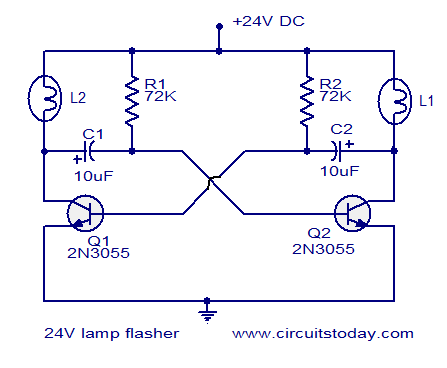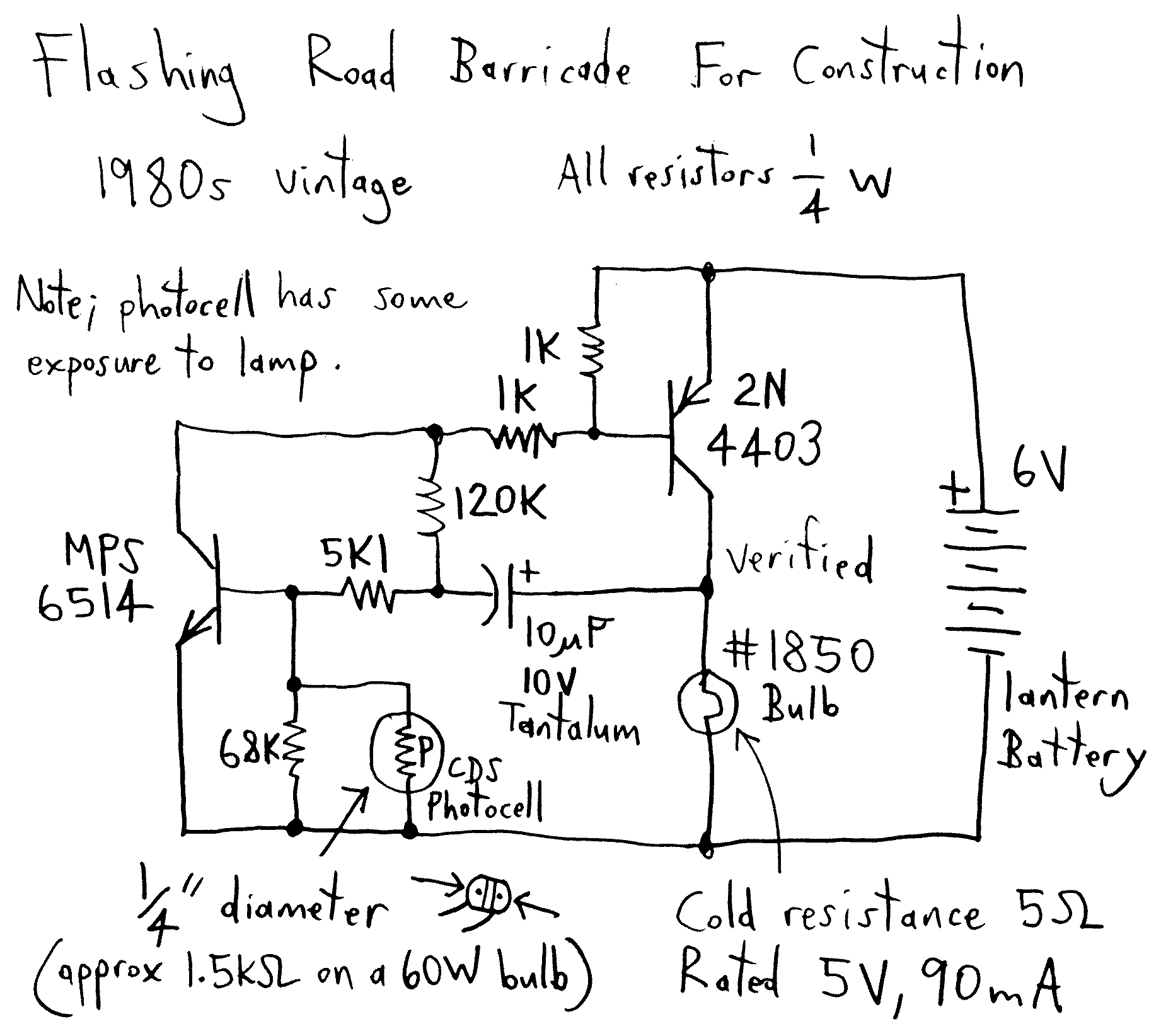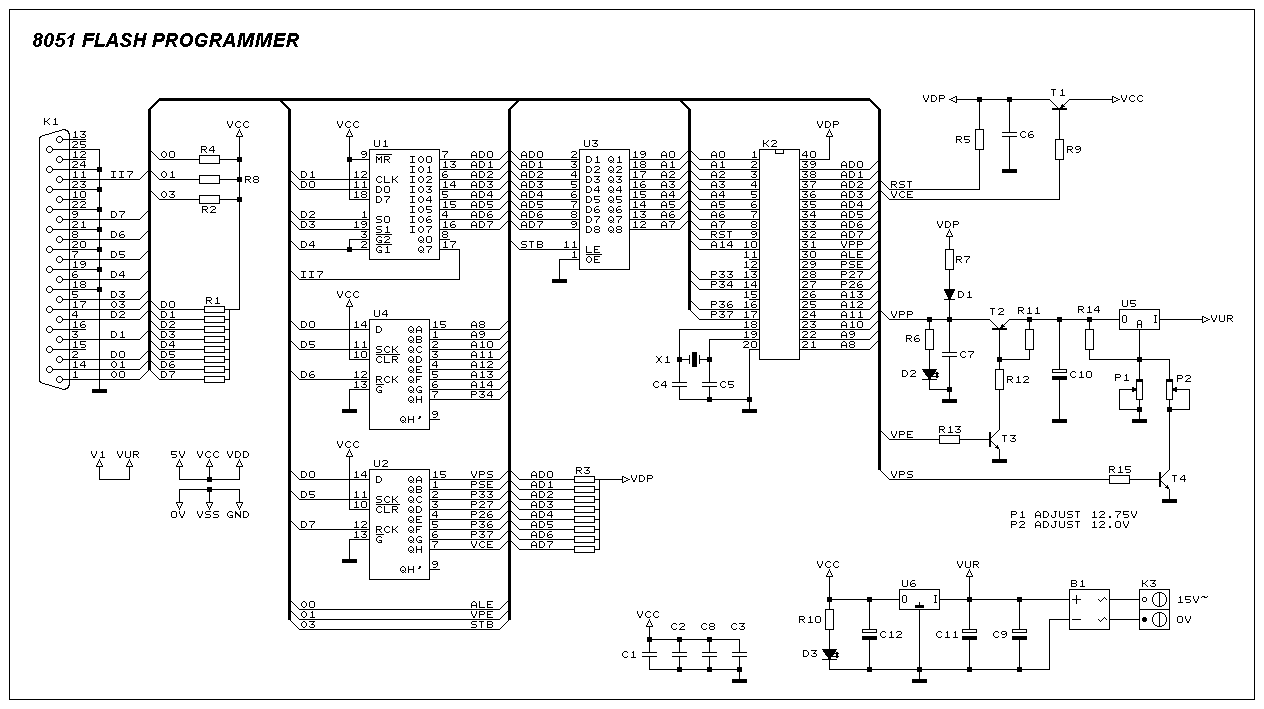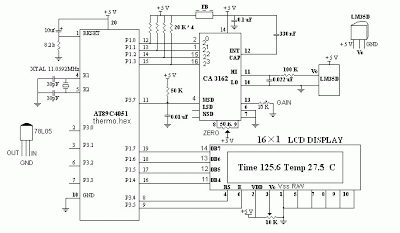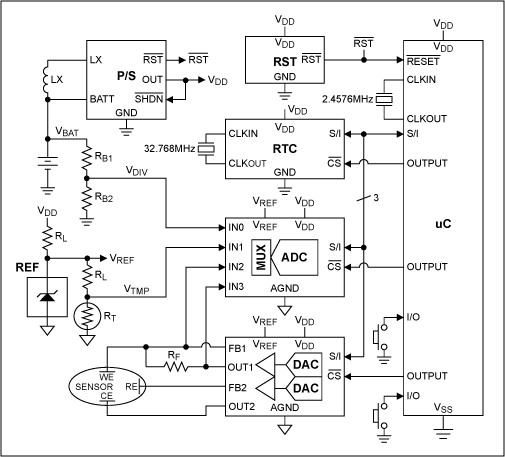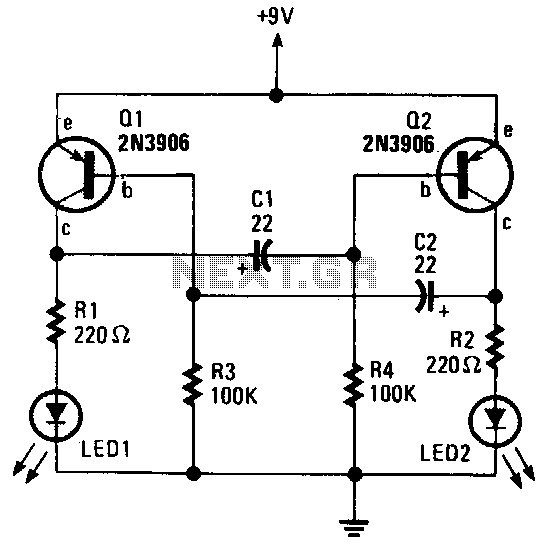
Data logging to Compact Flash and PCMCIA TDS2020F
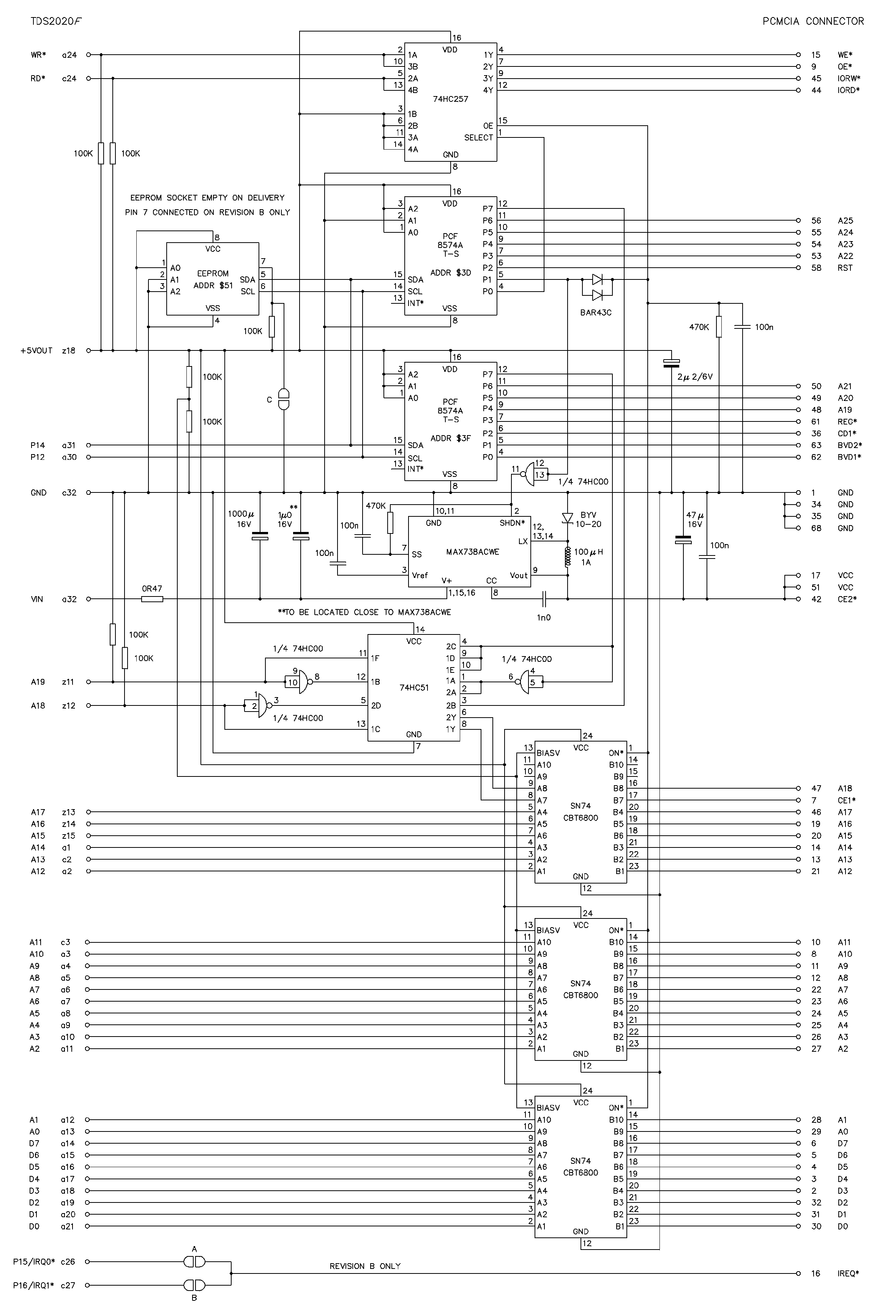
This section discusses Compact Flash, Flash-ATA, and hard disks. For additional media, refer to DATA LOGGING TO RAM CARDS on page 274 and DATA LOGGING TO FLASH AND RAM CHIPS on page 279. This module enables the rapid creation of customized data collection systems with removable memory compatible with personal computers. It is an efficient solution for designing custom loggers. The TDS2020F computer card is equipped with a TDS2020CM2 PCMCIA piggyback adapter, allowing the addition of removable Flash-ATA, Compact Flash, RAM, or hard disk memory cards as needed for specific applications. The data collection capacity is determined solely by the card's capacity. Collected data can be easily copied as a Windows file to a laptop or office hard disk, with card drives available for personal computers, both internal and for parallel port connections. Alternatively, data can be retrieved by connecting the module to a parallel printer or transmitted via a serial port, potentially using a modem or through telephone or radio links.
The system emphasizes low power consumption, with the Flash or hard disk card being electrically disconnected most of the time, consuming no power even in standby mode. The software is designed to minimize the frequency of storage card activation. The system itself can enter standby mode, consuming less than 200 µA most of the time. A cache RAM on the TDS2020F reduces the need for frequent power-ups of the storage card. When the cache fills, a hard disk can spin up in just 5 seconds, allowing the computer to transfer half a megabyte of data to the disk before returning to standby. This brief operation draws approximately 170 mA at 12V for the hard disk, while the long-term average remains in microamps. Solid-state Flash solutions are even faster, with lower operational current and enhanced durability. The module can accommodate RAM512K or RAM128K as cache memory in a 32-pin socket, with the larger RAM providing optimal performance due to increased intervals between disk usage.
The physical dimensions of the double-board module are 100 x 80 mm. When mounted on a motherboard, the bottom of the PCMCIA or Compact Flash card is positioned 26 mm above the base plane, with the thick type III card (e.g., a hard disk) increasing the overall height to 36.3 mm. A single power supply ranging from +6 to +16V is required, with an onboard switching converter providing +5V. However, due to potential high peak currents, the dynamic source impedance of the supply must be considered, ensuring that the instantaneous voltage does not drop below 6V. It is advisable to use a nominal voltage of at least 9V when utilizing a hard disk. A small rechargeable 12V battery can provide power for months under typical conditions. The TDS2020CM2 itself consumes less than 50 µA. The overall power consumption of the module is typically 32 mA when collecting data, while standby consumption is around 155 µA when not actively acquiring readings. The standby mode can be activated as frequently as 30 times per second or as infrequently as once per year.
Flash-ATA and Compact Flash cards serve as solid-state alternatives to hard disks, presenting an identical electrical interface and operating from a single +5V power supply. Flash-ATA cards conform to the 68-pin PCMCIA specification, while Compact Flash cards have 50 pins. A TDS2020CFA converter is necessary to mount Compact Flash cards on a TDS2020CM2 adapter, and a CF-PCA adapter is required to read Compact Flash cards in a notebook PCMCIA slot. These cards function similarly to hard disks, processing data in minimum 512-byte sector chunks, necessitating a cache RAM in the 32-pin socket on the TDS2020F. Although Flash-ATA and Compact Flash cards offer high capacity without the peak current and mechanical operation associated with hard disks, they are generally more expensive per byte than rotating memory but provide greater durability. They effectively bridge the size gap between RAM and traditional disk storage.This section covers Compact Flash, Flash-ATA and hard disks. For other media see DATA LOGGING TO RAM CARDS, page274, and DATA LOGGING TO FLASH AND RAM CHIPS, page279, With this module you can quickly build tailor-made data collection systems with removable memory that can be read by a personal computer. It is an ideal way to save time and money de signing custom loggers. The TDS2020F computer card carries a TDS2020CM2 PCMCIA piggyback adapter. Add removable Flash-ATA, Compact Flash, RAM or hard disk memory cards as appropriate to the application. The amount of data you can collect is limited only by card capacity. Data collected can be simply copied as a Windows file to your laptop or office hard disk (card drives for your personal computer are available, both internal and for connection to the parallel port).
Alternatively recover data by connecting the module to a parallel printer, or send the information through a serial port, perhaps to a modem or over a telephone or radio link. See MODEMS, page313. Unlike PC solutions, the emphasis is on low power. The Flash or hard disk card is electrically disconnected most of the time. It is not even in standby: it consumes nothing. The software is written so that the storage card powers up as infrequently as possible. Between data readings the system itself may be put into standby so the Data Logger Module will consume less than 200 µA most of the time.
A cache RAM on the TDS2020F ensures that the storage card does not have to power up very often. Eventually it will fill and in only 5 seconds a hard disk will spin-up, the computer will dump half a megabyte of data to disk, and the module will go back to standby. This short and infrequent operation takes a current of about 170mA at 12V for a hard disk but the long-term average remains in microamps.
Solid-state Flash solutions are even faster, have lower operational current, and are as rugged as possible. q RAM512K or RAM128K to act as cache memory in the 32-pin socket. The larger RAM gives best performance because the time between disk use is greater. Physically the double-board module has an overall size of 100x80mm. When mounted on a motherboard the bottom of the PCMCIA or Compact Flash card is 26mm above the base plane.
The thick typeIII card (e. g. a hard disk) can take the overall height to 36. 3mm. A single power supply of +6to16V is needed-there is an on-board switching converter to +5V. However because peak currents can be high the dynamic source impedance of the supply must be taken into account, the instantaneous voltage must not drop below 6V. It would be unwise to use a nominal voltage of below 9V when using a hard disk. A small rechargeable 12V battery will last for months in most circumstances. The TDS2020CM2 needs less than 50 µA power itself. The overall consumption of a module is typically the 32mA of the TDS2020F itself while collecting new data to the storage medium, but only 155 µA in standby when not taking readings.
The standby mode can be invoked 30times second or more slowly, down to once per year. Flash-ATA and Compact Flash cards are the solid-state equivalents of hard disks. They present an identical electrical interface and work from a single +5V power supply. Flash-ATA cards have the 68pins of the PCMCIA specification and Compact Flash 50pins. Use a TDS2020CFA converter to mount Compact Flash cards on a TDS2020CM2 adapter and a CF-PCA adapter to read Compact Flash cards in a notebook PCMCIA slot. Because these cards are electrically like hard disks (handling data in minimum chunks of 512-byte sectors), a cache RAM is needed in the 32-pin socket on the TDS2020F.
Flash-ATA and Compact Flash cards offer high capacity without the peak current and mechanical operation of a hard disk. They are more expensive per byte than rotating memory, but more rugged. They also nicely fill the gap in size between RAM and disk. Flash technology is known for the lim 🔗 External reference
The system emphasizes low power consumption, with the Flash or hard disk card being electrically disconnected most of the time, consuming no power even in standby mode. The software is designed to minimize the frequency of storage card activation. The system itself can enter standby mode, consuming less than 200 µA most of the time. A cache RAM on the TDS2020F reduces the need for frequent power-ups of the storage card. When the cache fills, a hard disk can spin up in just 5 seconds, allowing the computer to transfer half a megabyte of data to the disk before returning to standby. This brief operation draws approximately 170 mA at 12V for the hard disk, while the long-term average remains in microamps. Solid-state Flash solutions are even faster, with lower operational current and enhanced durability. The module can accommodate RAM512K or RAM128K as cache memory in a 32-pin socket, with the larger RAM providing optimal performance due to increased intervals between disk usage.
The physical dimensions of the double-board module are 100 x 80 mm. When mounted on a motherboard, the bottom of the PCMCIA or Compact Flash card is positioned 26 mm above the base plane, with the thick type III card (e.g., a hard disk) increasing the overall height to 36.3 mm. A single power supply ranging from +6 to +16V is required, with an onboard switching converter providing +5V. However, due to potential high peak currents, the dynamic source impedance of the supply must be considered, ensuring that the instantaneous voltage does not drop below 6V. It is advisable to use a nominal voltage of at least 9V when utilizing a hard disk. A small rechargeable 12V battery can provide power for months under typical conditions. The TDS2020CM2 itself consumes less than 50 µA. The overall power consumption of the module is typically 32 mA when collecting data, while standby consumption is around 155 µA when not actively acquiring readings. The standby mode can be activated as frequently as 30 times per second or as infrequently as once per year.
Flash-ATA and Compact Flash cards serve as solid-state alternatives to hard disks, presenting an identical electrical interface and operating from a single +5V power supply. Flash-ATA cards conform to the 68-pin PCMCIA specification, while Compact Flash cards have 50 pins. A TDS2020CFA converter is necessary to mount Compact Flash cards on a TDS2020CM2 adapter, and a CF-PCA adapter is required to read Compact Flash cards in a notebook PCMCIA slot. These cards function similarly to hard disks, processing data in minimum 512-byte sector chunks, necessitating a cache RAM in the 32-pin socket on the TDS2020F. Although Flash-ATA and Compact Flash cards offer high capacity without the peak current and mechanical operation associated with hard disks, they are generally more expensive per byte than rotating memory but provide greater durability. They effectively bridge the size gap between RAM and traditional disk storage.This section covers Compact Flash, Flash-ATA and hard disks. For other media see DATA LOGGING TO RAM CARDS, page274, and DATA LOGGING TO FLASH AND RAM CHIPS, page279, With this module you can quickly build tailor-made data collection systems with removable memory that can be read by a personal computer. It is an ideal way to save time and money de signing custom loggers. The TDS2020F computer card carries a TDS2020CM2 PCMCIA piggyback adapter. Add removable Flash-ATA, Compact Flash, RAM or hard disk memory cards as appropriate to the application. The amount of data you can collect is limited only by card capacity. Data collected can be simply copied as a Windows file to your laptop or office hard disk (card drives for your personal computer are available, both internal and for connection to the parallel port).
Alternatively recover data by connecting the module to a parallel printer, or send the information through a serial port, perhaps to a modem or over a telephone or radio link. See MODEMS, page313. Unlike PC solutions, the emphasis is on low power. The Flash or hard disk card is electrically disconnected most of the time. It is not even in standby: it consumes nothing. The software is written so that the storage card powers up as infrequently as possible. Between data readings the system itself may be put into standby so the Data Logger Module will consume less than 200 µA most of the time.
A cache RAM on the TDS2020F ensures that the storage card does not have to power up very often. Eventually it will fill and in only 5 seconds a hard disk will spin-up, the computer will dump half a megabyte of data to disk, and the module will go back to standby. This short and infrequent operation takes a current of about 170mA at 12V for a hard disk but the long-term average remains in microamps.
Solid-state Flash solutions are even faster, have lower operational current, and are as rugged as possible. q RAM512K or RAM128K to act as cache memory in the 32-pin socket. The larger RAM gives best performance because the time between disk use is greater. Physically the double-board module has an overall size of 100x80mm. When mounted on a motherboard the bottom of the PCMCIA or Compact Flash card is 26mm above the base plane.
The thick typeIII card (e. g. a hard disk) can take the overall height to 36. 3mm. A single power supply of +6to16V is needed-there is an on-board switching converter to +5V. However because peak currents can be high the dynamic source impedance of the supply must be taken into account, the instantaneous voltage must not drop below 6V. It would be unwise to use a nominal voltage of below 9V when using a hard disk. A small rechargeable 12V battery will last for months in most circumstances. The TDS2020CM2 needs less than 50 µA power itself. The overall consumption of a module is typically the 32mA of the TDS2020F itself while collecting new data to the storage medium, but only 155 µA in standby when not taking readings.
The standby mode can be invoked 30times second or more slowly, down to once per year. Flash-ATA and Compact Flash cards are the solid-state equivalents of hard disks. They present an identical electrical interface and work from a single +5V power supply. Flash-ATA cards have the 68pins of the PCMCIA specification and Compact Flash 50pins. Use a TDS2020CFA converter to mount Compact Flash cards on a TDS2020CM2 adapter and a CF-PCA adapter to read Compact Flash cards in a notebook PCMCIA slot. Because these cards are electrically like hard disks (handling data in minimum chunks of 512-byte sectors), a cache RAM is needed in the 32-pin socket on the TDS2020F.
Flash-ATA and Compact Flash cards offer high capacity without the peak current and mechanical operation of a hard disk. They are more expensive per byte than rotating memory, but more rugged. They also nicely fill the gap in size between RAM and disk. Flash technology is known for the lim 🔗 External reference
